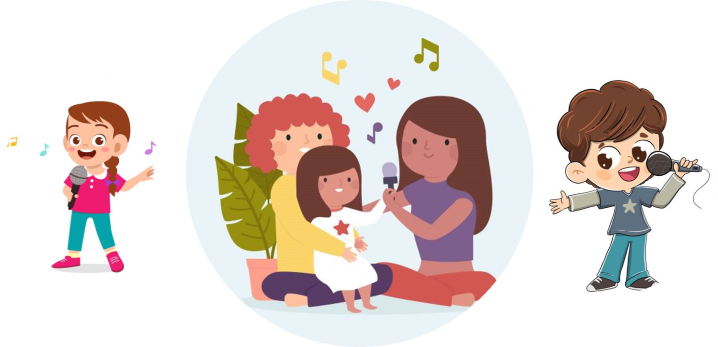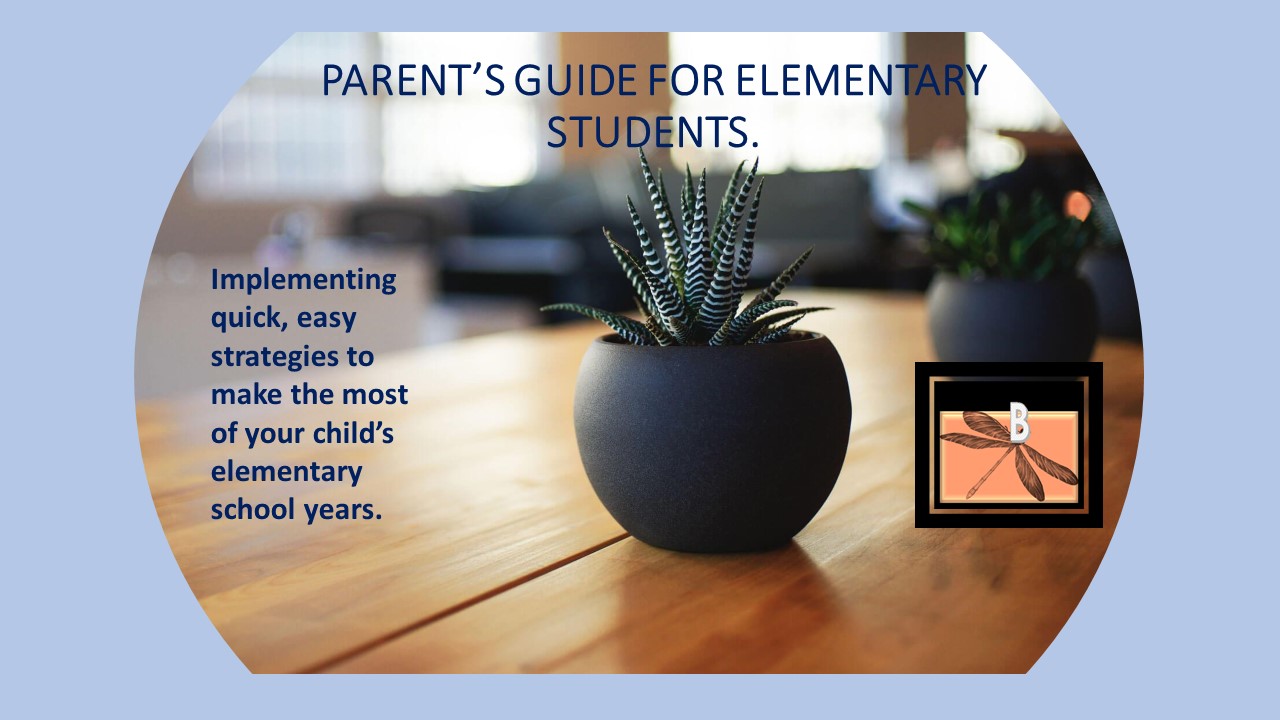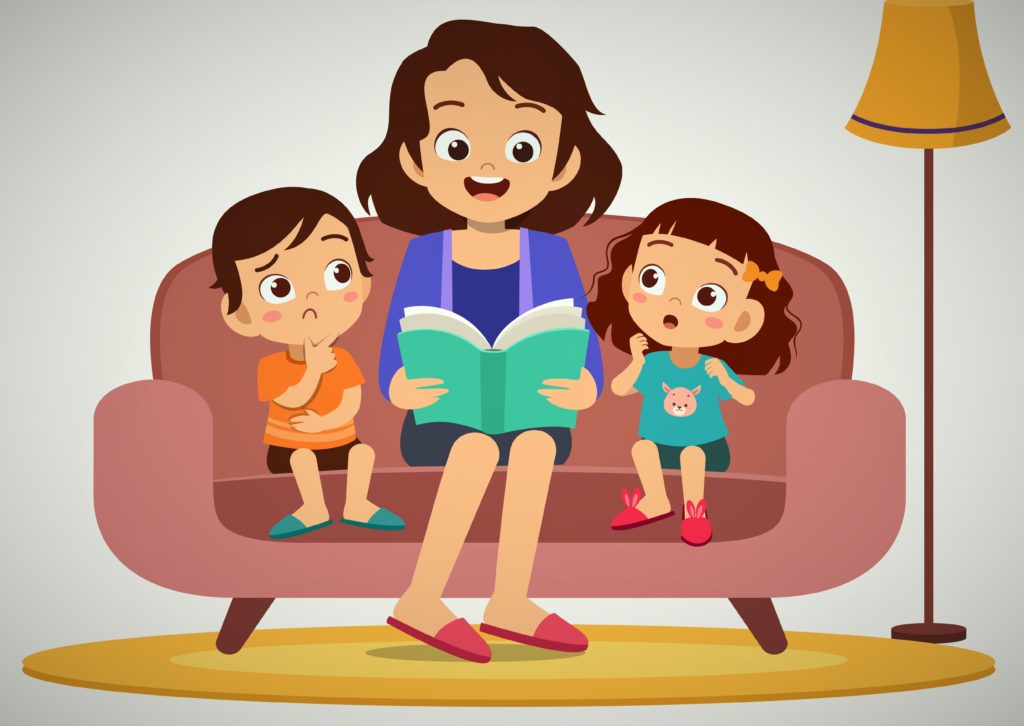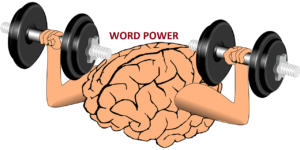Hello My Dear Parents:
Today, I would like to share with you a simple way to boost your child’s reading in a fun, inexpensive way. It is a tool that almost all families have access to either on their cell phones or the computer.
Did you guess what it could be?
YouTube!!
Usually, parents complain about their child wasting time with YouTube. However, besides the fact that that it can be a huge distractor for both adults and children, I also have to admit how valuable it can be to help your child learn.
I am not talking about the countless videos and educational lectures that we see.
I am talking about music. Yes, music is a great way to boost your child’s reading speed and ability. What kind of music? Songs that interest your child and you, and shows the lyric. Pick the setting as name of the song with lyrics. This way the words of the songs will pop up with the music.
You could make learning with music a family experience. Here is what I would do. Pick a song, which both of you would like to learn. Make sure it is a song where both of you do not know most of the lyrics.
Start singing with the lyrics showing on the screen. By association, seeing the words in text form and hearing what they sound like, you start to improve your reading skills. Singing with music also helps improve reading speed. Once you have mastered reading at least 50 percent of the words, start singing the same song in karaoke style. This will reinforce the speed and the text-sound connection of the word.
I have used this technique several times in the classroom. All students enjoy it, as everyone likes to sing. I go one step further and then make a mini worksheet using some of the words in the songs.
Give it a chance. At first, it may be hard to get into it. Don’t use this method as a learning time. Instead, make this fun activity a bonding or family time.
Have fun singing!!



 Usually, when we think in terms of academic vocabulary, we think they are words that are separate from the ones we use in a regular conversation. However, in the elementary years, they can be very easily be integrated into the daily conversation.
Usually, when we think in terms of academic vocabulary, we think they are words that are separate from the ones we use in a regular conversation. However, in the elementary years, they can be very easily be integrated into the daily conversation.